Explanation
* Please be advised that this is located in one of the areas affected by the recent wildfire (as of March 27, 2025).
** For real-time wildfire information and emergency upates, visit the Korea Forestfire Information website and the National Disaster and Safety Portal.
Along with Geumgangsan Mountain and Hallasan Mountain, Jirisan Mountain is known to be one of the most sacred mountains in Korea. It was named "Jiri" because it was believed to be a place that turns the innocent into the wise. On December 29, 1967 Jirisan National Park was declared the nation’s first and biggest national park. Its 440.517 square kilometer area covers Hadong, Sancheon and Hamyang in Gyeongsangnam-do; Gurye in Jeollanam-do ; and Namwon in Jeollabuk-do region. The total area is seven times that of Gyeryongsan National Park and 52 times that of all of Yeouido Island in Seoul.
At 1,915.4 meters high, Cheonwangbong Peak is the second highest peak in Jirisan National Park. Countless valleys and waterfalls surround the peak, as well as trails connecting to other peaks within the park.
Inquiry
+82-55-970-1000
Homepage
Information Use
Years experience : Open to visitors of all ages
Contact and Information : +82-55-970-1000
Parking facilities : Available
Day off : N/A (Open all year round)
Hours : Open 24 hr
More information
Mountain Not Access Period
Forest Fire Watch Period (subject to change by year): Feb 16-Apr 30 / Nov 15-Dec 15.
* Find more details at the official website. TBD by park directors based on fire weather advisories, snow/precipitation levels, and other local conditions.
Night-time Hike Restriction Notice
Closed two hours before sunset until two hours before sunrise (varies by course)
Areas Open to the Public
Refer to the official website
Natural Preservation Areas (closed to public)
Special preservation areas of National Park - until 2026
Hiking Course
* Guryonggyegok Valley Course (2 hr / 3.1 km)
* Jongju Course (14 hr 30 min / 25.5 km)
* Samsinbong Peak Course (5 hr / 8.3 km)
* Baemsagolgyegok Valley Course (4 hr 20 min / 9.2 km)
* Baraebong Course (6 hr 10 min / 12.8 km)
* Manbokdae Course (3 hr / 5.4 km)
* Hwaeomgyegok Valley Course (4 hr / 7 km)
* Piagol Course (5 hr / 8.8 km)
* Banyabong Peak Course (3 hr 30 min / 5.5 km)
* Burilpokpo Falls Course (1 hr 30 min / 2.4 km)
* Jungsanri (Jangteomok) Course (9 hr / 12.4 km)
* Jungsanri (Kalbawi) Course (8 hr / 10.8 km)
* Baengmudong-Jungsanri Course (9 hr / 12.9 km)
* Baengmudong Course (10 hr / 15 km)
* Georim Course (11 hr / 16.5 km)
* Yupyeong (Daewonsa Temple) Course (12 hr / 19.1 km)
* Nogodan Course (1 hr / 4.7 km)
* Cheongeunsa-Seongsamjae Course (3 hr / 10 km)
Restricted Mountain Areas
* Refer to the website. (hiking.kworks.co.kr)
Available Facilities
Walking paths, hiking trails, exercise equipment, accommodations (3 campgrounds)
Restrooms
Available
Parking Fees
Light-weight vehicles 2,000 won
Mid-sized & small vehicles 4,000-5,000 won
Large vehicles 6,000-7,500 won
* Regular shuttle bus can park free of charge. (excluding long-term parking)
Location
Jirisan-daero, Sancheong-gun, Gyeongsangnam-do

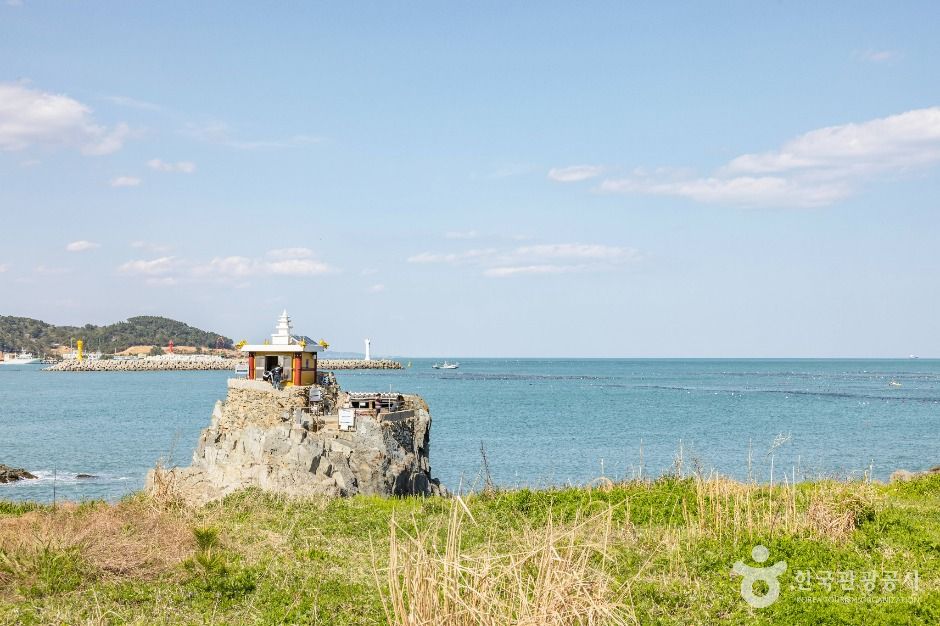
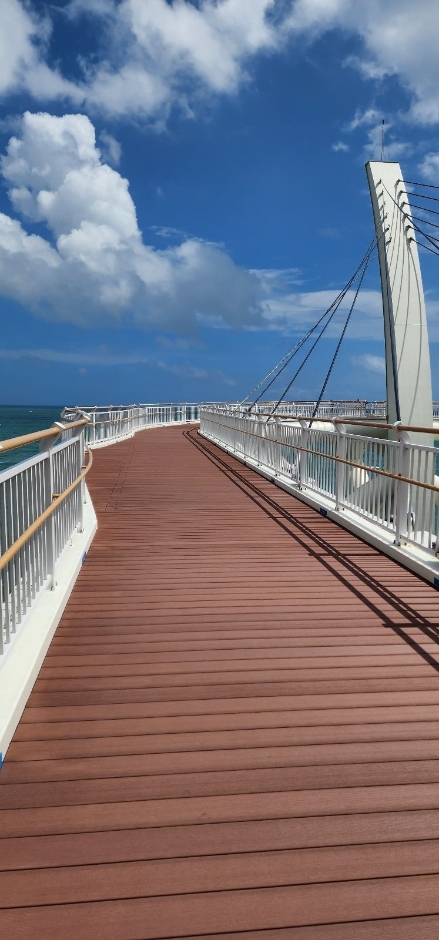
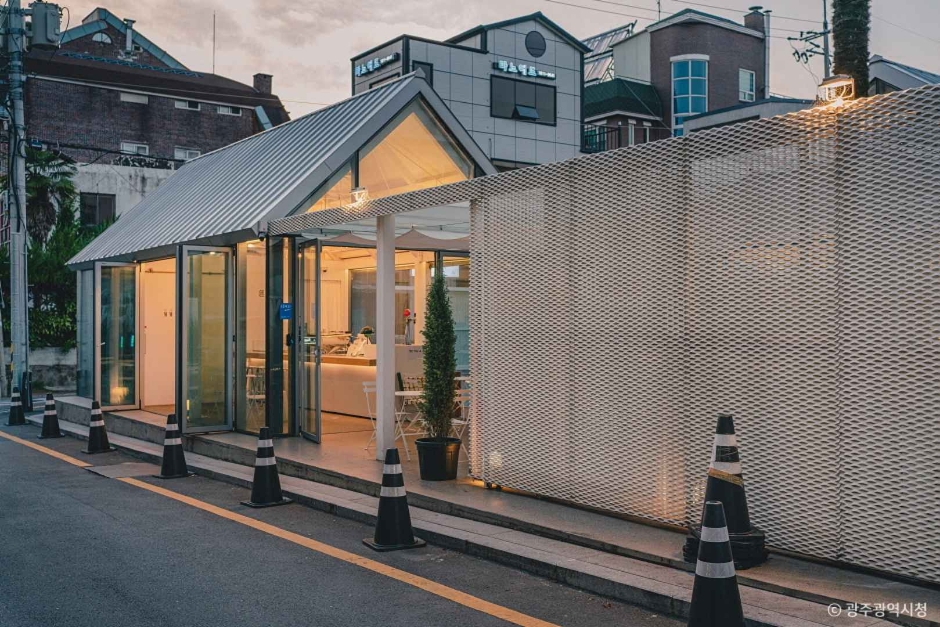
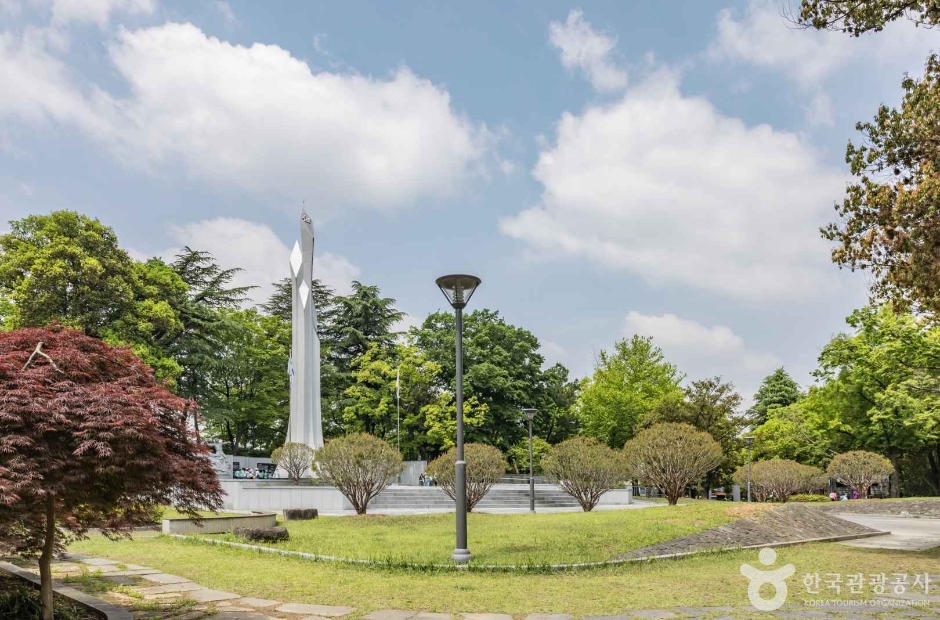
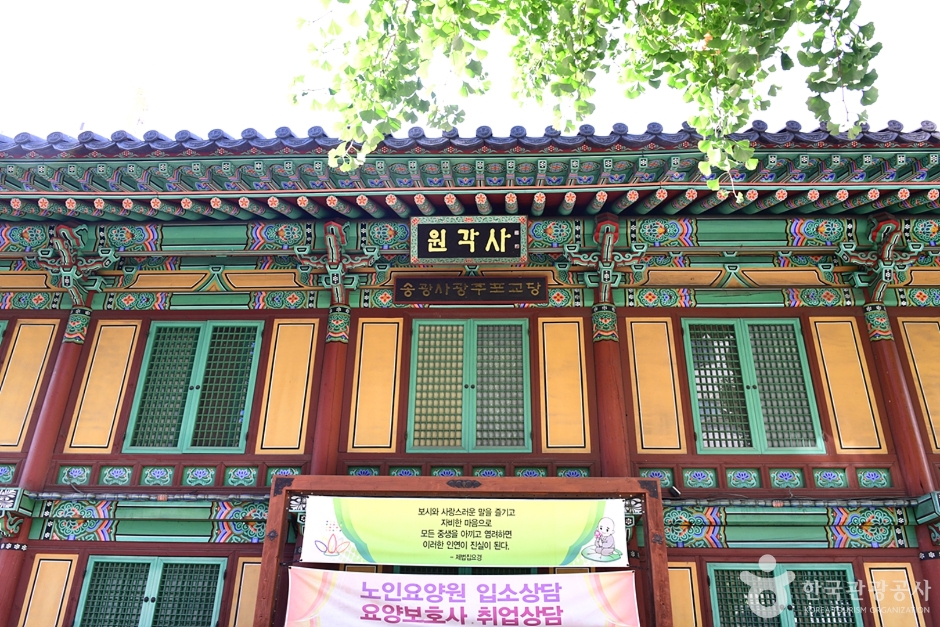
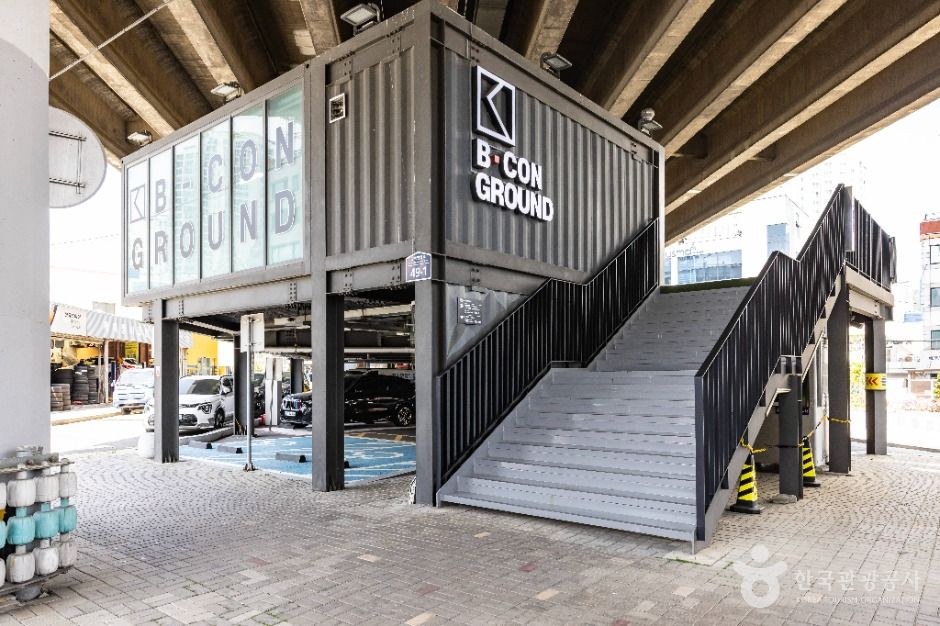

 English
English
 한국어
한국어 日本語
日本語 中文(简体)
中文(简体) Deutsch
Deutsch Français
Français Español
Español Русский
Русский